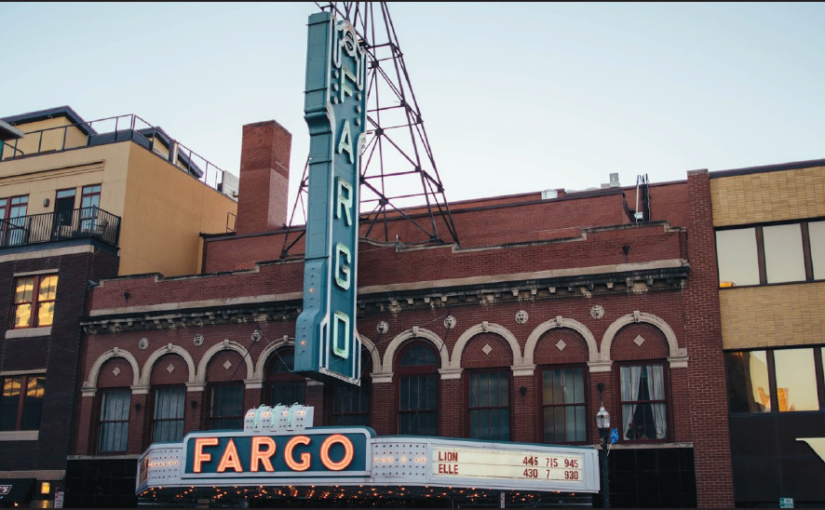The number of homeless people in North Dakota has rapidly increased over the last year. Fargo is among the list of cities looking to make impactful outreaches to this cause and is currently looking to implement a new “day camp” for homeless youth and adults.
Just how serious is the problem?
According to data from the U.S. Department of Housing and Urban Development, as of 2014, North Dakota has seen a 200 percent jump in homelessness — the most significant increase of any state. There are now 2,069 homeless people in the state of over 750,000. That number continues to grow.
“A lot of these guys still come here for jobs,” Jeannie Messall, director of the Missouri Valley Coalition for Homeless People, said.
Messall added that while North Dakota holds an abundance of jobs, many people cannot afford to live in the state. Often, they end up stuck as they do not have the funding to return to wherever they are originally from.
“Volunteers counted 331 ‘unsheltered’ homeless people during a ‘point in time,” April Fairfield, executive director of the North Dakota Coalition for Homeless People, said. This amount is an increase of 216 unsheltered homeless as of January 2016.
Numerous cities across the state are in the process of implementing housing options for the homeless population. Fargo is one such city.
What is being done in Fargo?
The Downtown InFocus master plan approved by city commissioners serves as a blueprint for what includes developing a homeless “day center.”
The idea of creating such a center has been a goal by local leaders for decades and has also played a significant role in turning this idea into reality.
One such leader is Jan Eliassen, who said her vision for the center isn’t necessarily a luxurious setting. Instead, she envisions a facility where anyone who needs a place to go during the day — which is also the time of day when emergency shelters close to guests — can get inside, enjoy coffee or tea, take a nap or shower, browse the internet or store some of their belongings.
The director of Fargo’s Gladys Ray Shelter says she has learned that homeless people typically follow a schedule throughout their day to keep themselves occupied. For example, they might go to the Salvation Army for breakfast, spend time at the public library and later attend a church or different homeless shelter for dinner.
“I always say that homelessness is a full-time job just trying to get from one place to another because Fargo-Moorhead is so spread out,” Eliassen added.
A day center could potentially address such a problem by providing services in one place. The facility could also become a tool in the work to end homelessness in the area.
How impactful will the center be?
Eliassen estimates that a day center could serve as many different things to many different people. One person might need a place to warm up, while another might need academic or professional guidance.
It is also believed by project leaders that a day center “makes sense” for downtown. Eliassen said she’d like to believe locals will realize that keeping the neighborhood diverse will require “people from all walks of life to be there.”
The project could potentially save money as homeless people will likely have fewer criminal citations and arrests if they have a definite place to go during the day.
Cody Schuler, executive director of the Fargo-Moorhead Coalition for Homeless Persons, said it’s hard to know for sure how receptive the community will be to a day center. Regardless, he is positive that its creation will address problems that come up with homelessness in downtown Fargo.
“It may look like it’s just about meeting immediate needs, but overall, it’s part of a critical strategy that we have to reduce and to end homelessness in a meaningful way,” he said.
